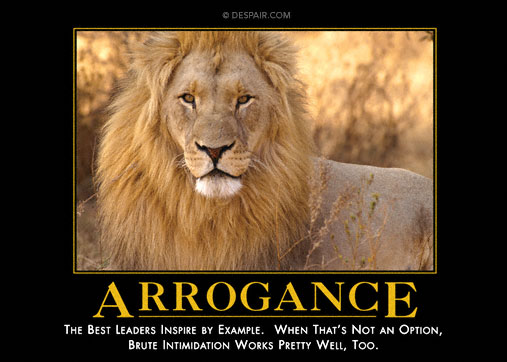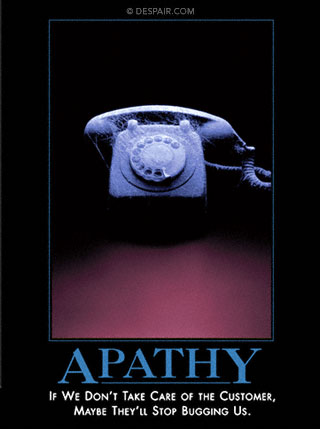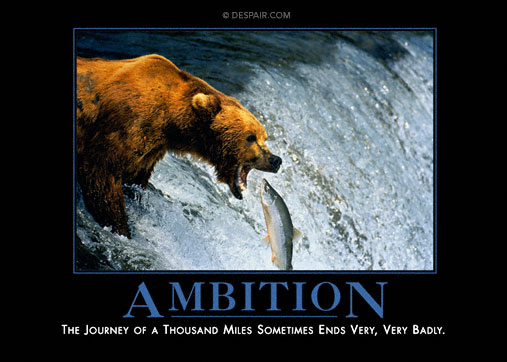37 gallons of water to make a cup of coffee… 49 gallons of water to make a bag of chips… 400 gallons of water to grow cotton for a t-shirt. The hidden water used to produce the food we eat and the items we consume is incredible. Help us spread the word about these hidden water users through our 30 Days of H20 Campaign.
From Feb. 22 to March 22, The Nature Conservancy will be raising awareness of just how much water we really use in our daily lives through our 30 Days of H20 campaign, culminating in a celebration or World Water Day on March 22.
Tips for Week One
2/22: Unplug electronics. The average US home uses 4-5 gallons of water to generate power.
2/23: Eat healthy. It takes 49 gallons of H20 to make a bag of chips, but 18 to grow an apple.
2/24: Eat cereal. It takes 72 gallons of water to grow two eggs. 22 gallons for cereal w/milk.
2/25: A family of 4 can save 1,700 gallons of water per year by installing low-flow faucets.
2/26: One word: Plastics. It takes 24 gallons of water to make a pound off plastic.
2/27: Recycle! You can save about 3.5 gallons of water just by recycling a pound a paper.
Click Here to see daily information from The Nature Conservancy (TNC).




















